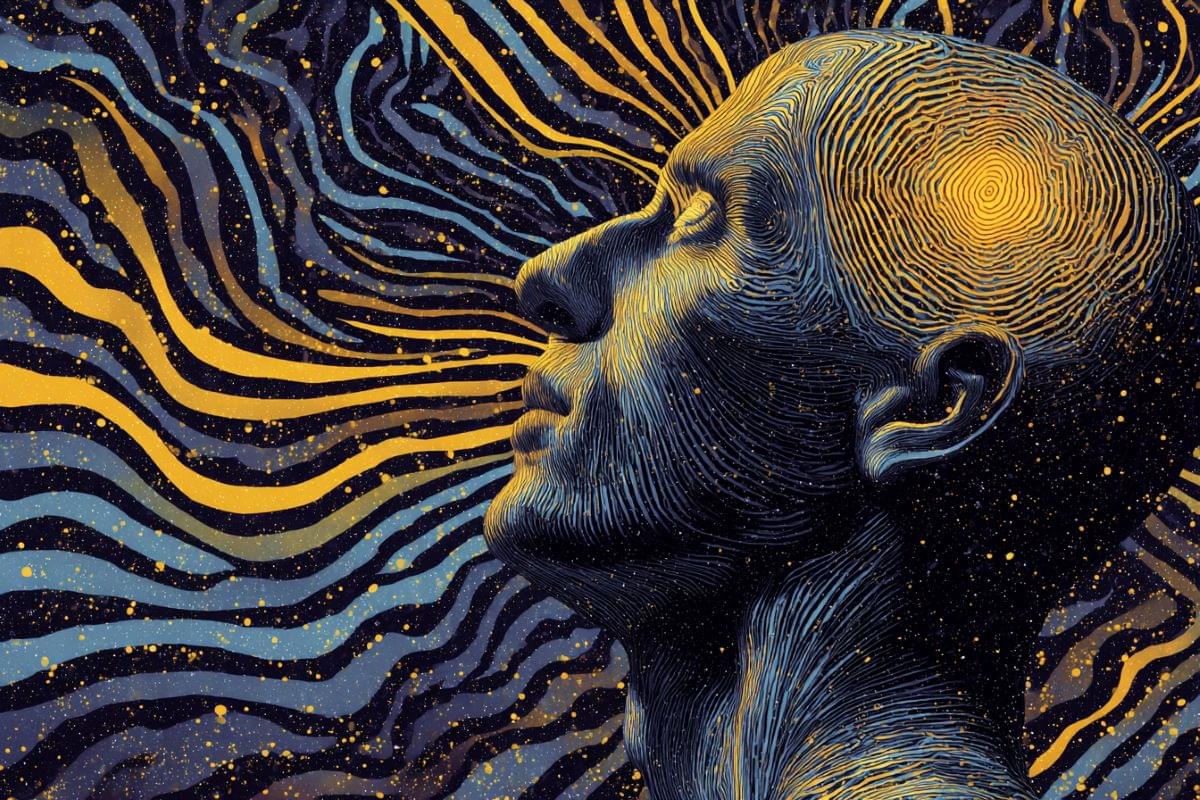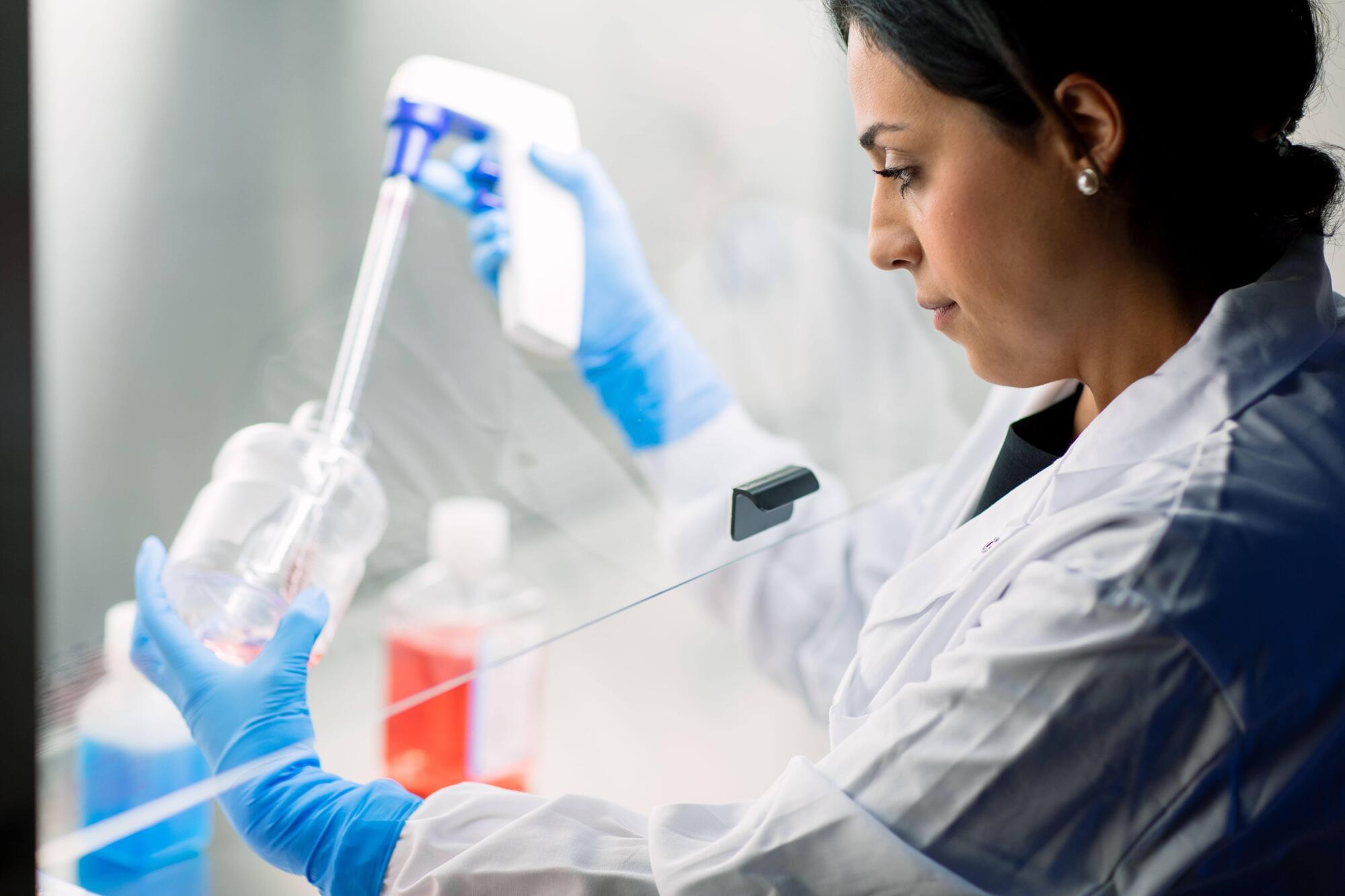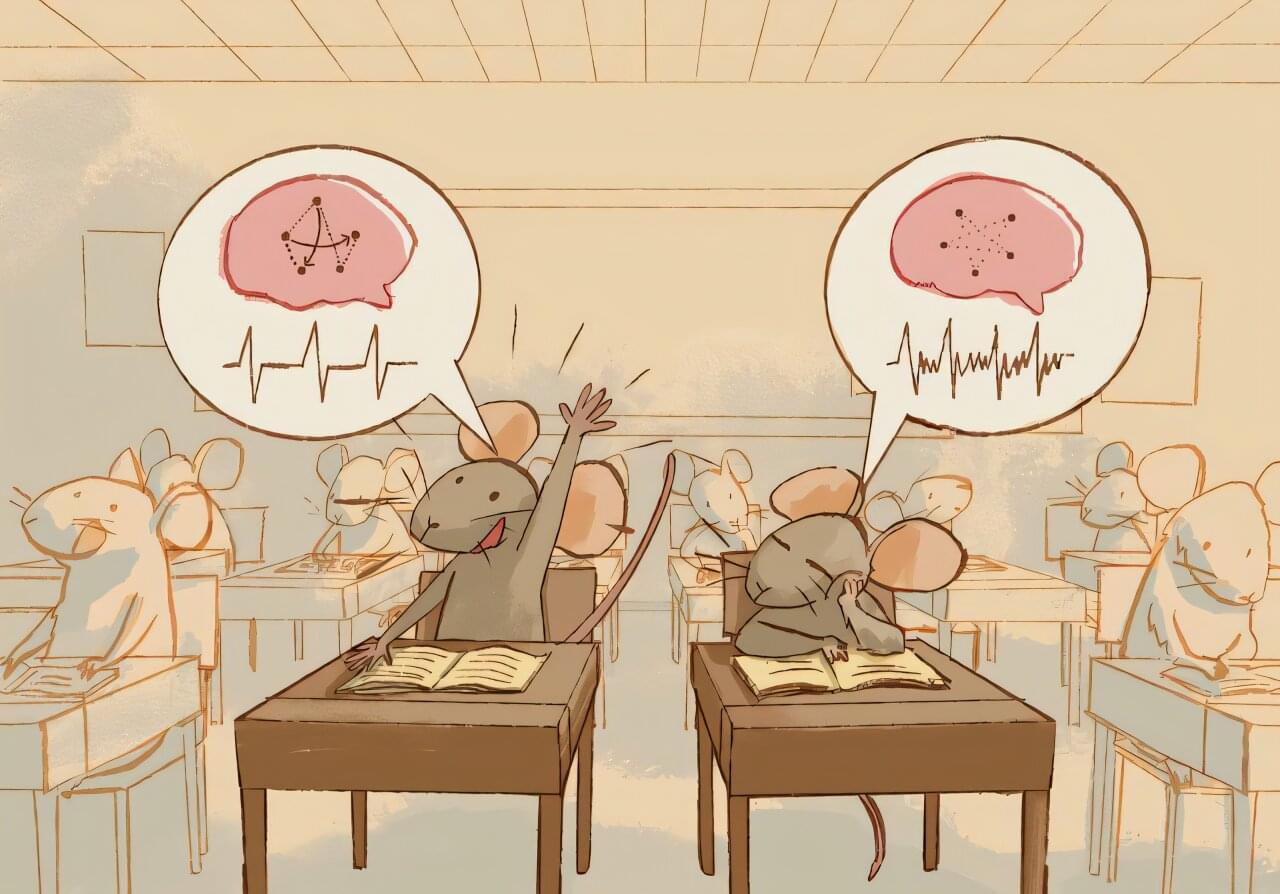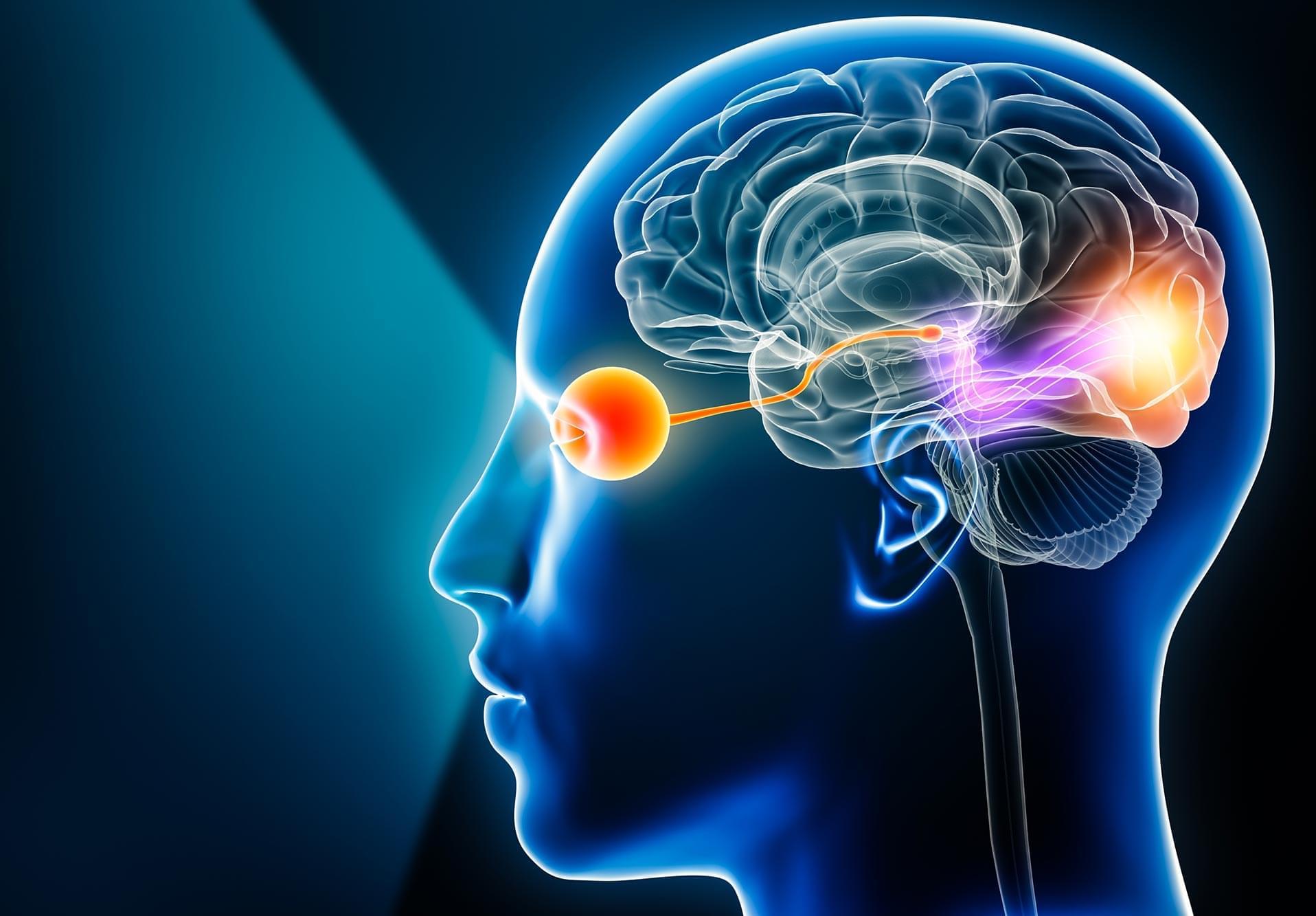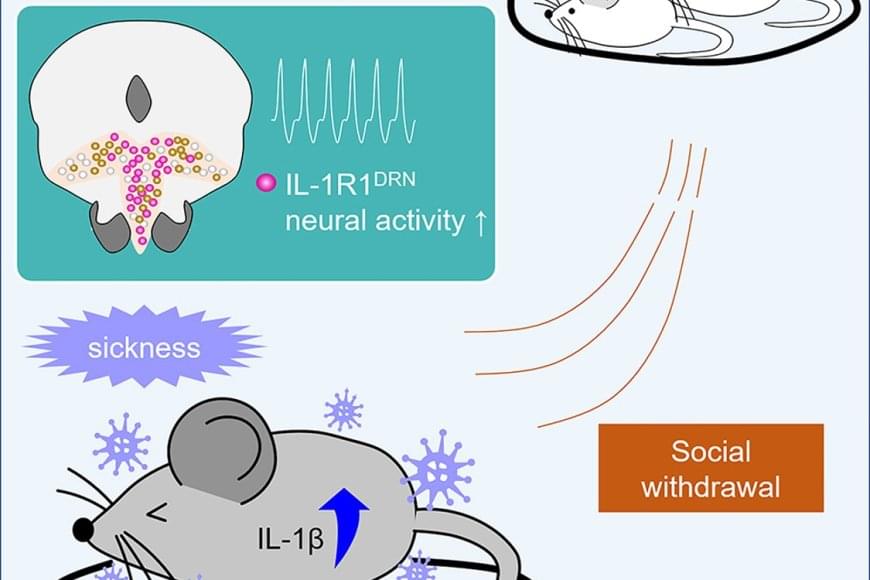Question What are the main predictors for high health care costs among patients with head and neck cancer?
Findings In this population-based cohort study, advanced cancer stage and receiving multiple treatment modalities were the strongest predictors of high health care costs. Female sex, older age, and lower socioeconomic status were associated with an increased likelihood for high health care costs, although with a weaker effect size.
Meaning Future research should focus on evaluating screening strategies and early diagnosis to assess their potential effects on cost reduction and improved outcomes for patients with head and neck cancer.

